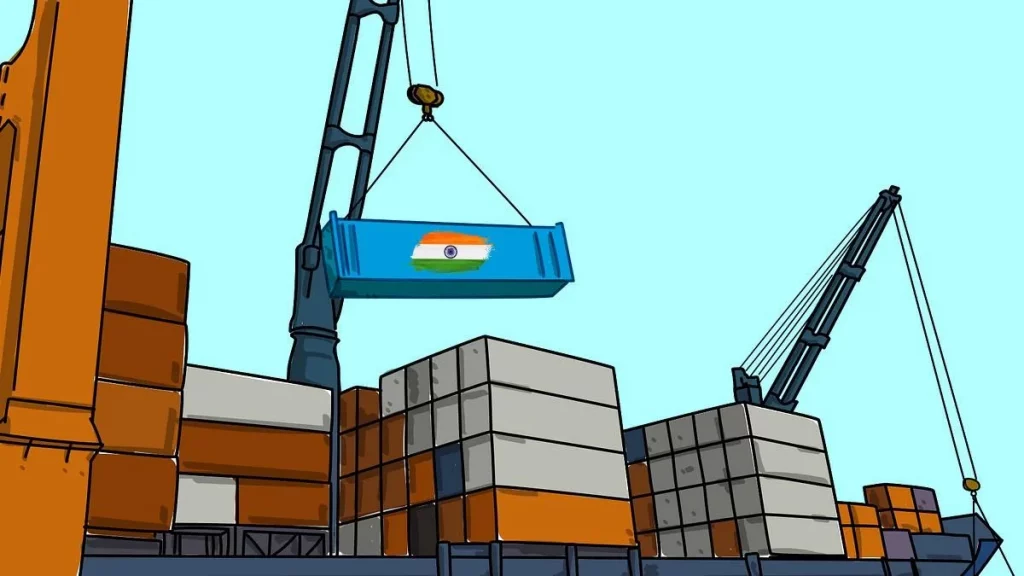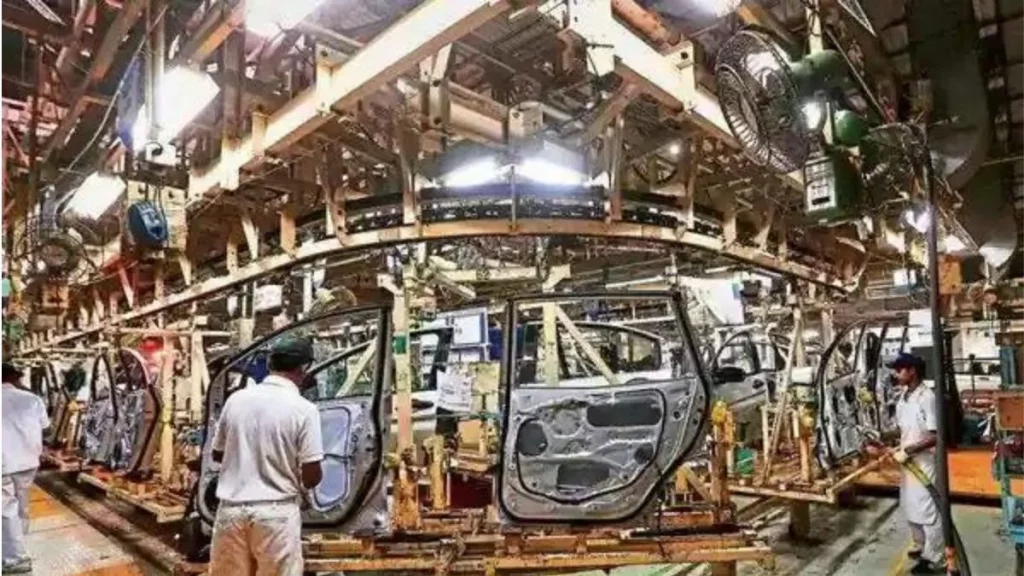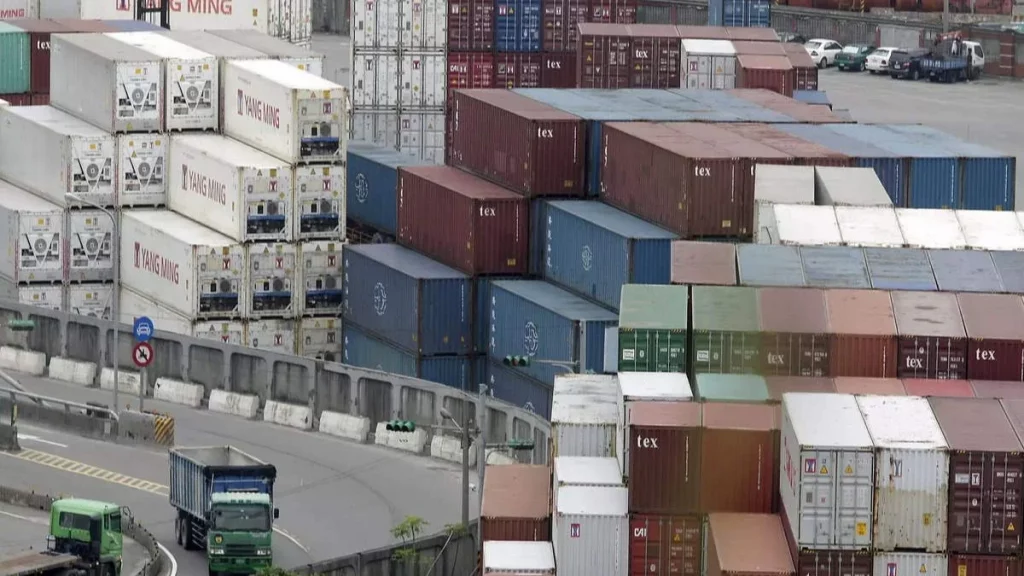The government claims that increasing exports from India is one of its top priorities. In FY22, the nation’s exports reached a record $418 billion. Six export megatrends that have the potential to push India’s manufacturing exports to $1 trillion by FY28 are highlighted in a recent analysis by Bain & Company titled, “The Trillion Dollar Manufacturing Exports Opportunity for India.”
As per the report, six primary megatrends would propel India’s manufacturing export growth to $1 trillion by 2027–2028: supply chain diversification, sectoral advantages, government initiatives, Capex-led development, mergers, and acquisitions, and PE and VC-led investments.
Highest Growth Potential in Exports
According to Bain and Company partner Sushil Pasricha’s analysis, electronics, which would continue to be among the most widely traded goods, has the largest growth potential for exports.
The other top 4 industries that can significantly contribute to the $1 trillion targets are machinery, automobiles, pharmaceuticals, and chemical products. It is also possible to step up traditional industries with strengths like textiles and apparel, food processing, and leather goods.

The research also highlighted India’s natural strengths in several industries, including chemicals, pharmaceuticals, the automobile, electrical, and electronics, industrial machinery, and textiles. These industries have grown dramatically during the previous few years, the survey claims.
The electrical and electronics sector was predicted to reach $120-145 billion by FY28, growing at a CAGR of 35–40%, according to the report. In the semiconductor business, India has an edge due to its superior manufacturing technology and R&D capabilities, which are centered on chip design and supply chain improvement from end to end.
According to reports, the government programs PLIs, Merchandise Exports India Scheme, and Scheme for Promotion of Manufacturing of Electronic Components and Semiconductors, which are expected to boost export growth by 35–40% YOY, will provide a strong push for the rapid expansion. The chemical industry is predicted to develop at a CAGR of 19–23%, reaching $110–130 billion by FY28.

About the Pharmaceutical Industry
In addition to electronics, the report highlights the outstanding export potential of the pharmaceutical industry as well. The reports also added that India’s drugs and pharmaceutical exports are expected to grow at a CAGR of 16-18 percent ($45-50 billion) by FY28.
India has traditionally been very strong in the pharma sector, with a low cost of manufacturing (30-35 percent lower than in the US and Europe), cost-efficient R&D (about 87 percent less than in developed markets), and cheap skilled labor.
India’s dominance in the pharmaceutical industry, along with recent developments like PLI incentive programs, robust CAPEX and PE/VC investments with 100% FDI, and growing labor costs in rival nations like China, will drive export growth.

The active pharmaceutical ingredient and drug intermediary sub-sectors, which include biologicals and bulk pharmaceuticals, are predicted to have significant growth over the next few years. Mobile phones & Industrial electronics are anticipated to be two important rising categories in the electronics sector.
CAGR Growth in Traditional Sectors
Comparable to this, established industries like textile are anticipated to increase at a CAGR of 13–16% over the next few years, with predicted exports of $95–110 billion. However, the report identifies technical textiles and manufactured fiber as two of the textile industry’s prospective growth categories. According to the report, automotive exports, another traditional industry, are projected to expand at a CAGR of 15–18% ($45–55 billion) by FY28.

As per the report’s highlights, it claims that recent developments such as government-led support via incentive programs like the PLI and a rapid increase in FDI will boost capital inflow. India will become a major export hub for automotive components due to the shrinking China-India pricing gap and rising original equipment manufacturer (OEM) presence in important regions including Latin America and Africa.
What effects these megatrends will have on future export growth will become clearer over the next few years, but experts agree that PLI will have a significant impact on export growth in India.
Read: Intel Core i9-13900K Crushes AMD Ryzen 9 5950X in the latest Benchmark




